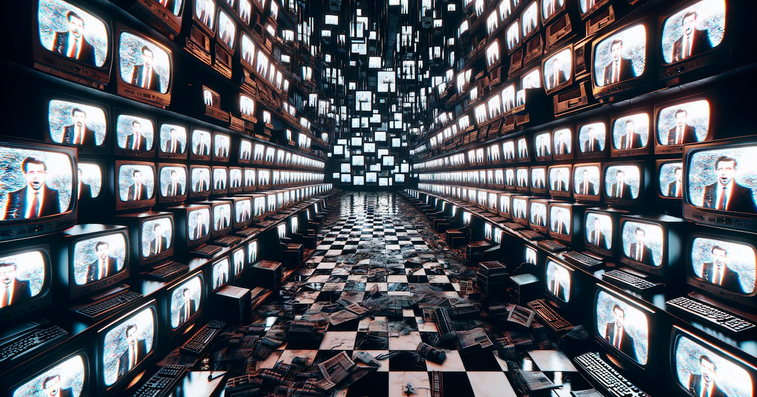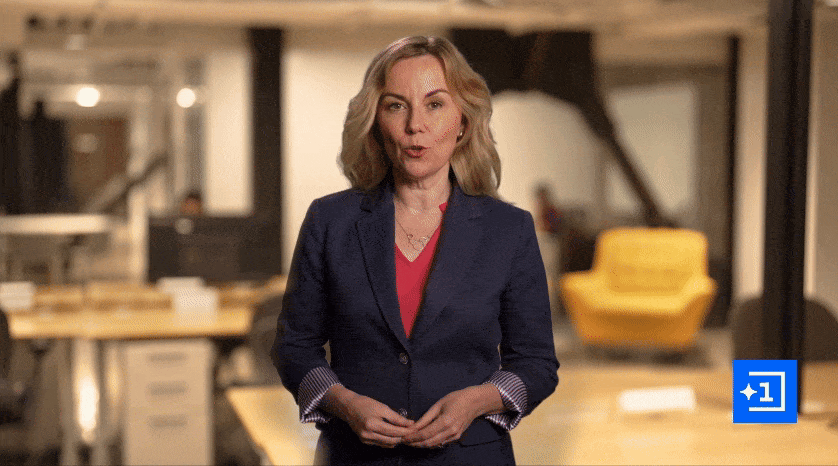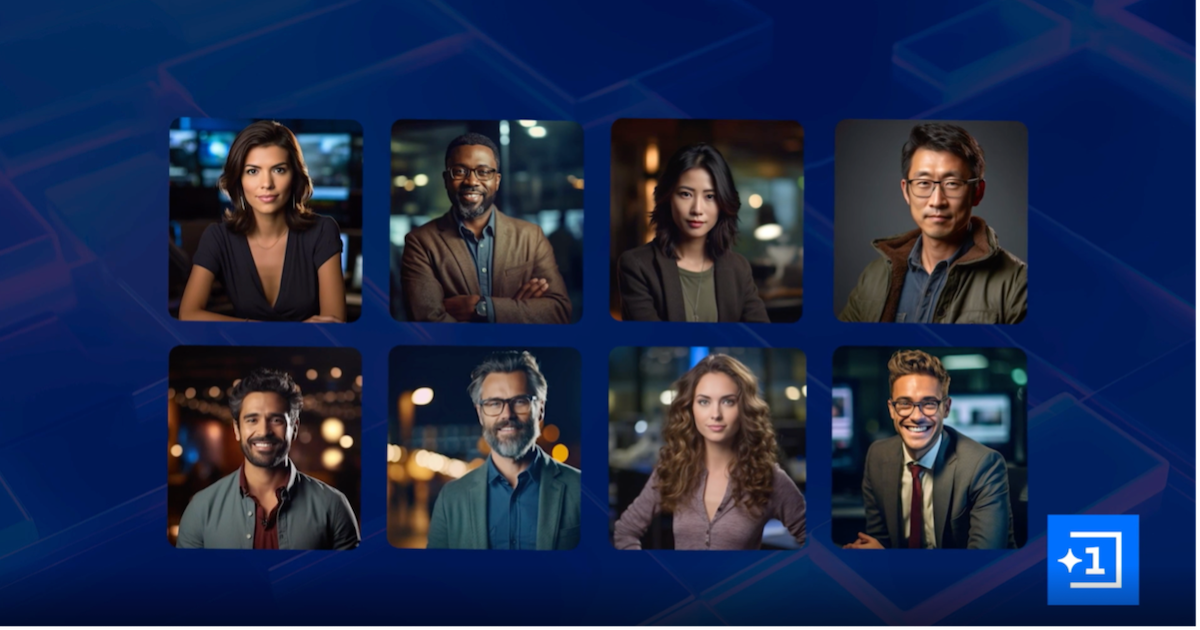
The last two weeks of the year are always a time that I look forward to.
Aside from the obvious fun and enjoyment of the holidays, the general slowdown in everything gives us a great window of time to think about what’s coming in the year ahead.
Naturally, I spend a lot of time thinking about how technology will impact the economy and the markets in the new year.
Sometimes those changes are obvious to consumers.
For example, when the first iPhone was released in 2007, the radical shift in how we interacted with our phones was obvious. It was easy to understand the implications because we could see it, hear it, and touch it.
Other times, the impact is less obvious.
In 2021, for example, DeepMind released the results of its AlphaFold artificial intelligence that accurately predicts how 200 million proteins fold.
Proteins are the building blocks of life, and understanding their structures enables the biopharma industry to accelerate drug development.
This kind of development is more difficult for us to understand. It’s not something that most of us can use or experience…
But those of us who understand the implications of the technology can come to see the ways that these developments will have a radical impact on the industry in the years to follow.
Next year, we’re going to be faced with an extremely complex application of technology.
The large language models (LLMs) that rose to prominence this year have been improving at an accelerated pace.
In fact, I’ve never seen any technology move this quickly. And one of the industries that the technology will be used widely for is for creating news.
One of the more interesting announcements of the last few weeks was that of a new internet news channel — Channel 1.

A new news channel might not seem very interesting, until we understand that it will be entirely powered by artificial intelligence (AI).
The channel will be launched in 2024 and is positioning itself as a “personalized global news network.”
There will be many anchors that we’ll be able to receive our news from…

The big difference, however, is that none of them will be real.
While they will all be completely different, with their own personalities, they will be computer generated using AI technology.
The power of AI will enable personalized news feeds. Almost like the advertising models of Google, Facebook, Instagram, etc., Channel 1 will be able to personalize our news feeds with content and information that we’re interested in and from an individual and voice that we’d enjoy hearing from.
And it gets better.
Because this is AI, the anchors can speak in pretty much any language we’d like. For anyone that would like to see this technology in action, you can go to this link and skip ahead to minute 1:20 and watch for about 30 seconds. It’s impressive.
This is incredible technology with incredible potential.
And yet it is fraught with incredible risk.
The first thing I wanted to know about Channel 1 is what are the information sources for the AI to pull from? After all, garbage in, garbage out…
Channel 1 says that its reporting will come from “trusted sources,” which is deeply concerning.
If we learned anything in the last few years, it’s that we’ve been fed lies from the mainstream media. The New York Times, The Washington Post, MSNBC, ABC, CBS, NBC, and even the National Public Radio (NPR) spread patently false information for years.
And even organizations that we thought could be trusted, like the Centers for Disease Control, the National Institutes of Health, The White House, and the Department of Health and Human Services did exactly the same thing.
But it’s worse than that actually.
Thanks to Elon Musk’s acquisition of Twitter and the radically transparent release of the Twitter files, we learned that all those organizations were working together to ban, censor, and suppress scientists and scientific research that had factual information that was counter to the desired government narrative.
This is what is referred to as the Censorship Industrial Complex, something that was considered a conspiracy years ago. We’ve since learned that is was organized, extensive, and pervasive, not just with regards to COVID-19 related matters, but also to the 2020 elections and who knows what else.
Which raises a question…
What are “trusted sources?”
Who can we trust? What news sources can we trust? What is the source of the information that we’re hearing/reading? And are we just hearing propaganda/narrative from the Censorship Industrial Complex?
If your head is hurting now, you’re not alone… so is mine.
This issue has been a huge challenge for me as an analyst. I combat this problem by reading the work of individuals and scientists, often for years, before I am comfortable knowing that they are a reliable source of factual information. It is extremely hard work, and very time consuming, but I know of no other way.
For anyone interested in going down the rabbit hole, now independent journalists Michael Shellenberger, Bari Weiss, Matt Taibbi, and Alex Berenson did some fantastic work digging through the Twitter files, which were a vast trove of e-mails detailing the extent of the government’s structured program to de-platform and censor any kind of factual information that was counter to a desired narrative.
Sadly, even academic institutions and scientific journals were part of the censorship complex as well. Academic institutions who didn’t toe the line saw grants disappear, and those that followed “orders” received grants for research that came to the “right conclusions.”
The scientific journals would also refuse to publish research that didn’t support the desired narrative. Often times, the only place to find research during the pandemic were out of the way online sites that posted new scientific research.
We couldn’t find the research with a general Google search. The only way was to know the exact title of the research, or to scan the online sites looking for new research, which is exactly what I did.
And now, with generative AI news sources entering the game, trying to figure out what is real and what is not will be nearly impossible for anyone.
This will be one of our biggest challenges of 2024.
After all, who has the time and understanding about what’s going on to figure these things out?
Most people don’t, and it’s not their fault. Very few have the time and desire to do so.
For me, it’s a full-time-plus job doing exactly that. However, I feel that I must do it as an analyst, because nothing could be worse that working with propaganda or false information.
I took the red pill long ago. I’m afraid there is no going back.
But for most, this kind of AI technology — in the form of a news anchor that suits our own personalities, in our own native language — is going to feel so comfortable and compelling.
In fact, when we watch the video that I linked above, the “people” look real. I doubt that most would be able to realize they’re watching a computer generated “person.” You really have to have a keen eye and know what to look for to see that they aren’t real at all.
We’re in for a tough year in 2024. After all, it’s an election year in the U.S., and also an election year in more than 40 countries representing more than 2 billion voters around the world. Individual rights and freedom of speech is on the ballot.
And with the exception of X.com (Twitter), the Censorship Industrial Complex is still very much in place.
There is one more place worth mentioning — Outer Limits — where I can ensure that you’ll be hearing from a real human, not an AI, and we’ll be dealing with facts, peer-reviewed scientific research, and evidence-based analysis. And when I make predictions or extrapolations, I’ll be sure to let you know.
Something that drives me crazy in the mass media is when we hear something like “experts agree” or “everyone knows.” That’s one of the biggest red flags, and an immediate sign that what we’re being told isn’t true and there’s a lot more to the story.
And that’s my goal in Outer Limits — to go there. To figure out what’s actually happening and to share it with my subscribers. No holding back. No censorship. And absolutely no state propaganda.
The more we know, the better decisions we can make. It’s that simple.
Happy Holidays,
Jeff
Lindsey’s Note: We recognize that “going there” will introduce great risk and a potential significant cost to Brownridge as a business going forward.
Not toeing the line as an establishment often results in harsh consequences from the Censorship Industrial Complex, such as de-platforming, shadow bans, suspensions, and more. Over time, we will likely be harder to find.
Which is why it is imperative that you whitelist the brownridge.com domain, if you wish to stay in close contact with us. I’ve posted instructions for how to whitelist right here.
We’ll also be on platforms that allow for the free flow of information, and so encourage you to check out Jeff on X.com (Twitter) @BrownridgeJB.
Finally, we invite you to share Outer Limits with likeminded individuals that you feel might benefit from our information. Thank you!